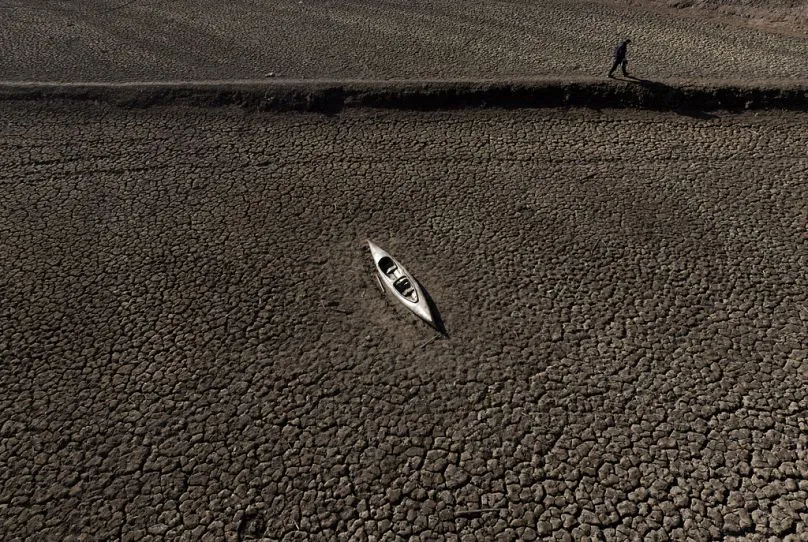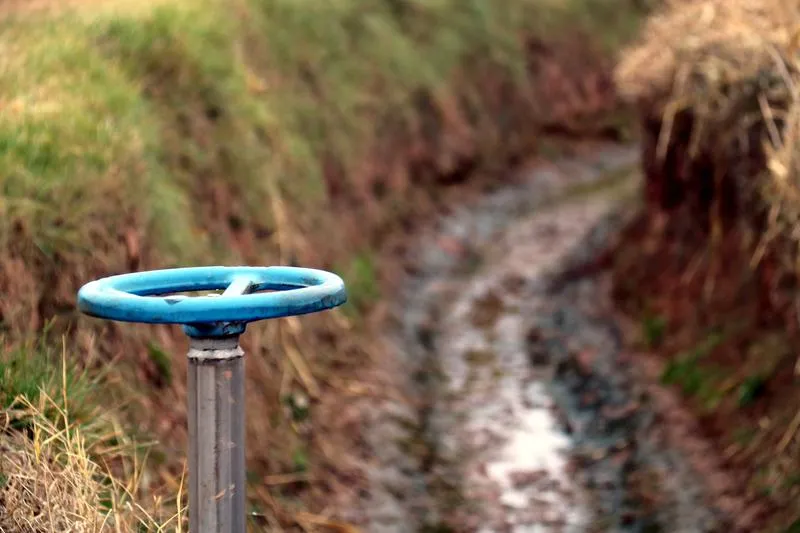Extreme drought in northern Italy has doubled over the past two decades, eerily mirroring the climate conditions found in Ethiopia and the Horn of Africa, according to research. Scientists analyzed satellite imagery and data to reveal a “whiplash effect” that is creating erratic extremes. Climate data from WaterAid and Cardiff and Bristol universities shows that areas previously prone to frequent droughts are now more likely to experience frequent flooding, while regions historically prone to flooding are enduring more frequent droughts.
The southern Shabelle region of Ethiopia, which experienced numerous periods of flooding between 1980 and 2000, is now exhibiting a shift towards prolonged and severe drought. The Shabelle River, a major water source for Somalia, has recently seen the worst of the drought conditions in the Horn of Africa. Paralleling this is northern Italy, where the number of intense dry spells has more than doubled since 2000.
However, this drought is punctuated by extreme rainfall, causing devastating flooding. The Lombardy region of Italy experienced devastating flooding this summer. The research examined the frequency and magnitude of flooding and drought hazards over the past 41 years in six countries: Pakistan, Ethiopia, Uganda, Burkina Faso, Ghana, and Mozambique, with Italy included as a European comparison.
The flip of climate extremes is affecting millions of people in some of the poorest areas of the world, where communities are often ill-equipped to deal with them. Tim Wainwright, CEO of WaterAid, said the climate crisis is a water crisis across the world, with unpredictable consequences. “Our climate has become increasingly unpredictable, with devastating consequences. From drought-stricken farmlands to flood-ravaged settlements, communities are experiencing alarming climate whiplash effects.”

The research was published on the eve of the UN’s Cop28 climate conference, where funds to help communities adapt and become more resilient to the extremes of climate change will be discussed. WaterAid is calling on world leaders to prioritize clean water, decent sanitation, and hygiene as key components of climate adaptation programs, as well as rapidly scaled-up investment in water security in low- and middle-income countries.
The communities experiencing the climate flip are some of the least able to cope with it. In 2022, the village of Bachal Bheel in Pakistan was devastated by catastrophic flooding that engulfed two-thirds of the country. Soni Bheel, a villager, said that her village used to prosper and villagers enjoyed robust health, but that her village was destroyed last year. Now 83, she said, “Our village was washed away in the flood, but it taught us a vital lesson: we must build our houses on higher ground to protect them from future floods.”
Similarly, Mbale, an eastern region of Uganda, is experiencing much wetter conditions, causing unprecedented flooding over the past three years. Okecho Opondo, a retired primary school teacher, said the change in weather patterns was causing huge problems. “We are in total confusion. The months that used to be rainy are now dry. When the rains come, they can be short yet heavy, leading to floods. On other occasions the rainy periods are too long, leading to destruction of infrastructure and crop failure.”
Professor Katerina Michaelides, of the University of Bristol Cabot Institute for the Environment, said that climate breakdown is not leading to a monolithic change. “Instead, the hazard profile for any region is likely to change in unpredictable ways. These factors must be considered to support climate adaptation for the lives and livelihoods of humans across the globe.”

